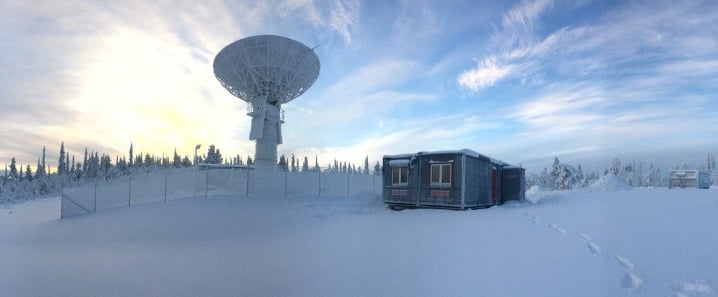A quality reference oscillator will solve a lot of satcom throughput issues. Here are some common symptoms we see when a satellite ground terminal isn't working as planned:
Satcom Bit Error Rate Troubles? Here Is The First Thing We Do.
P1dB, How Do You Solve For +20 dBm?
A key specification of a satellite receive system is the frequency stability. This is important for satellite systems engineers because it has an impact on carrier acquisition time, the size of the...
Orbital Research at IBC 2019: Executive Q&A with Trevor Hiebert
Wireless Spectrum - Real Estate in the Sky
Wireless Spectrum: Real Estate in the Sky All wireless operators need RF spectrum: dedicated radio frequencies that carry TV, GPS, mobile broadband and other invisible signals through the air. But...
Talking to EO satellites in the 26 GHz spectrum
Space-based frequency converters for less crowded bands The traditional satellite market – dominated by bus-sized satellites and mega budgets – is giving way to SmallSats, CubeSats, NanoSats and...
Universal Broadband is Closer Than You Think
How Orbital’s new wideband Ka-band LNA keeps you in the fast lane wherever you are As the Earth’s orbit traffic problem intensifies, satellite operators are moving quickly to find some elbow room in...
Containing Vibration – Protecting the Signal
How Orbital’s custom low noise block downconverters hold steady in high vibration environments Imagine the pressure a combat general is under when leading a mission – specifically, when leading it...
LNB remote monitoring and control: Even better than being there?
At times, your low noise block downconverter (LNB) may be out of reach. It might be in a remote or unmanned location, built into an inaccessible enclosure, or mounted on the fuselage of an aircraft....
From the Arctic to the Sahara: LNBs in extreme temperatures
When the mercury spikes – or plummets – the low noise block downconverter (LNB) in your satellite terminal can stop working properly or stop working altogether, similar to a cell phone that gets too...
.jpeg)








